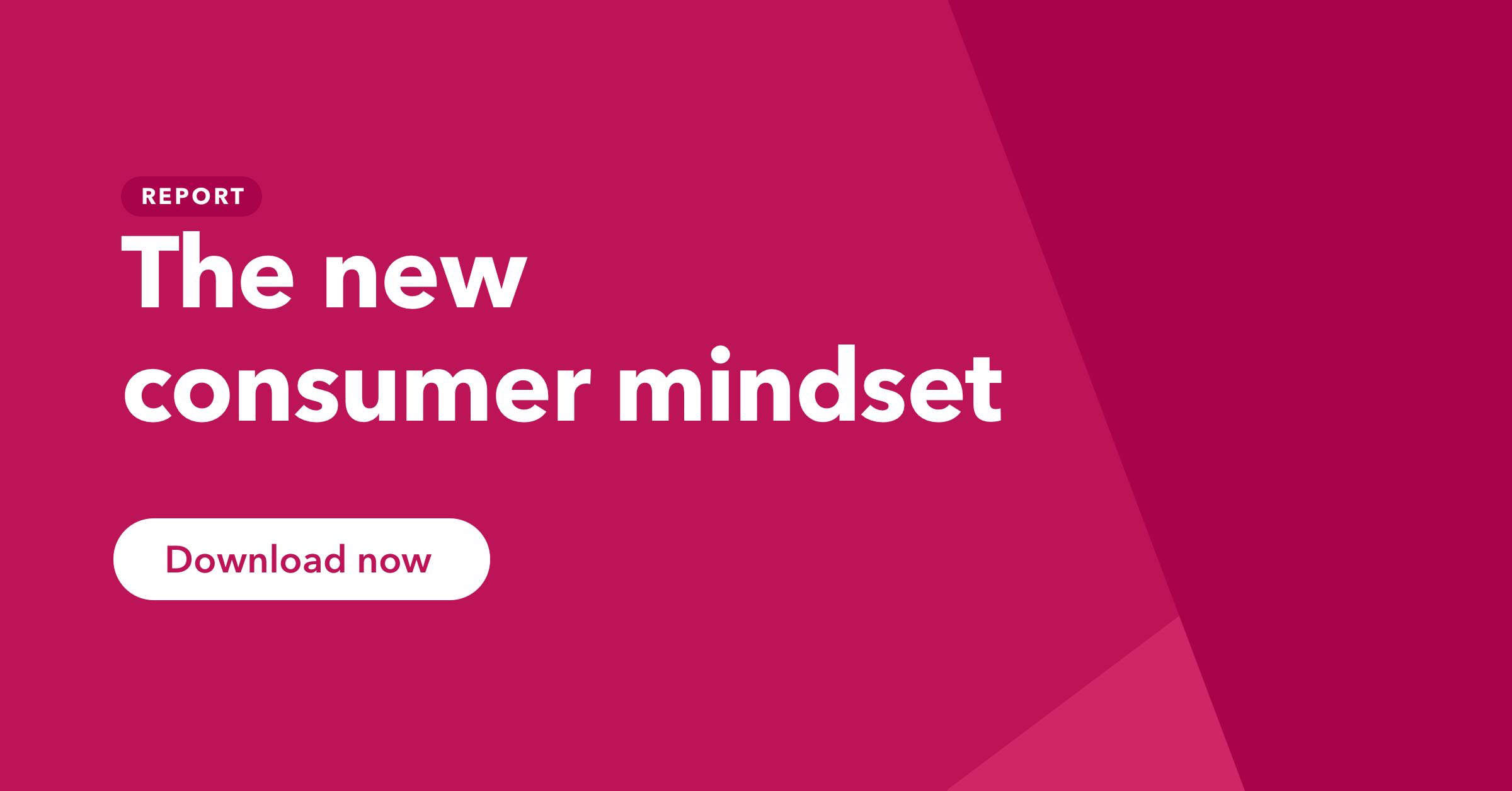The coronavirus lockdown has accelerated beauty’s move to ecommerce, with 58% of beauty buyers globally saying they’ll shop online more frequently once the outbreak ends.
According to L’Oréal’s Chief Digital Officer, Lubomira Rochet, “The crisis has profoundly accelerated the digital transformation of the beauty sector.”
“In ecommerce, we achieved in eight weeks what it would have otherwise taken us three years to do.”
And influencer marketing is playing a more important role than ever before.
The lockdown has, for the first time, put influencers and consumers under the same conditions, making them a key asset to brands that have suddenly been robbed of their physical retail outlets and events.
Now, influencers can play a crucial role in reaching your target consumers under unprecedented circumstances.
The enduring impact of influencer marketing
Influencers, from global superstars to niche micro-influencers, have long been part of any comprehensive brand strategy as an authentic way to relate to beauty fans – and this doesn’t seem to be changing any time soon.
From our partnered research with Influencer in May, we found 72% of consumers who follow influencers in the U.S. and the UK say they’re spending more time on social media per day since the outbreak of coronavirus.
While 31% of this group say they followed beauty/personal care influencers before the outbreak, a further 19% also say they’ve started following beauty influencers during the outbreak, proving the expanded reach of this category.
Among consumers who follow influencers, the top category purchased over the past two months is beauty/personal care products (52%).
The new reality of having to spend most of their time inside doesn’t seem to have turned beauty buyers away from the industry. In fact, they’re looking to influencers even more.
How the pandemic is changing beauty attitudes
The importance of simplicity and ease
The daily beauty routine for most has definitely seen some change since lockdown started, but for the majority it’s simply evolved to have a more simplistic approach.

The digital road to brand discovery
With far less access to physical outlets, beauty buyers still want to try products before committing to a purchase.

Personal and corporate sustainability are key
Globally, 78% of beauty buyers say corporate sustainability has become more important to them due to the outbreak.
But it’s not just brands they want to see do more for the environment.
79% say it’s become more important for them to reduce their own carbon footprint.
The high velocity of ecommerce
Around one-third of beauty buyers are more likely to buy beauty products online post-outbreak.
The accelerated move to online channels means brands need to pivot their efforts where possible.
Black Lives Matter matters to beauty buyers
In a time of civil action, beauty buyers overwhelmingly stand with the Black Lives Matter movement. When asked if it’s made tackling racism a more important issue for them, 51% say it has and 25% say it was already important to them.
And for beauty brands, there are plenty of already-approved ways to respond. These are the top ones.
- Supporting local or national community initiatives: 58%
- Showing support via social media: 55%
- Ensuring diversity in management: 51%
- Ensuring diversity in their mix of suppliers: 45%
- Making charitable donations: 44%
Picking a strategy that fits
One example of a beauty brand that hones in on the values of its consumers is Revolution Beauty.
A popular make-up and skincare brand, Revolution puts the buyers’ expectations front and center.
Sally Minto, Digital Director for Revolution Beauty, says, “The time from factory to shelf is key for us. We are 100% cruelty free. We use influencers in our marketing and as a quick feedback loop for new product development”.
But it’s not just young, up-and-coming brands that keep coming back to influencers.
Marc Duquesnoy, Social Media Performance Director for the L’Oréal Group’s Global CDO Team, says the brand generally splits its influencers into two groups:
- “Those with a huge following that transcend national borders, with whom we tend to focus on short to long-term contractual relations and at times exclusivities and co-creations.
- “Local micro-influencers that are just as important as they speak to very specific communities. With them, we are more in the realm of product sends, or invitation to an event or an experience.”
Wherever your brand sits on the scale, influencers are key to reaching the 2020 beauty consumer and resonate during unforeseen circumstances.
What this means for a 2020 beauty influencer strategy
- Keep it simple – and collaborate with influencers that match.
- Make use of attitudinal data to zero in on your target consumers now.
- Look to the right level of influencer, from global macro ones to niche micro-influencers.
- Find ways of emulating the “in-store” experience online, such as providing online tutorials.
- Aim to support current social issues, authentically.
This post was first published on July 28, 2020. For more ecommerce tips, browse our other articles.



